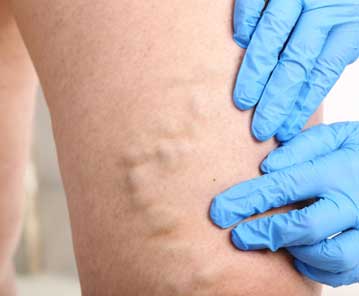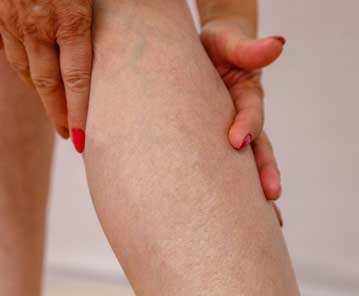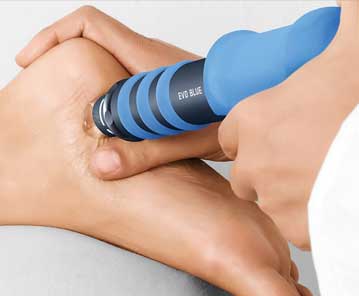- May 06, 2022
Risk Factors for Venous Insufficiency
Chronic venous insufficiency occurs when your leg veins don’t allow blood to flow back up to your heart.

Chronic venous insufficiency occurs when your leg veins don’t allow blood to flow back up to your heart.

In your lower legs, there are several ways your veins can appear atypically — reticular veins are one example.

Endovenous laser varicose vein surgery is a procedure that uses heat from a laser to reduce varicose veins.

Telehealth — or telemedicine — is a healthcare solution that allows you to meet with your doctor virtually instead of going to the office.

Spider veins are small, damaged veins that can appear on the surface of the legs.

As with any decision you make about your healthcare, it is important to make an informed decision when choosing vein treatment.